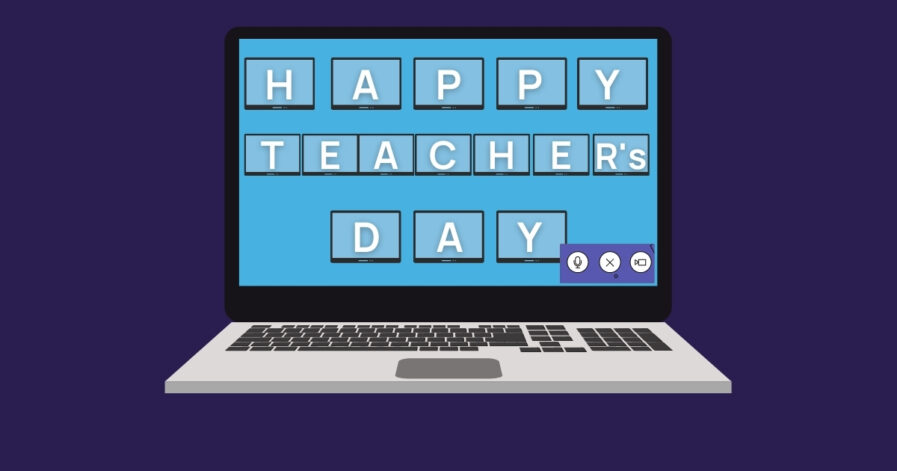
Teacher’s Day: A Day for Those Who Suffered the Most
Teachers are the real potters in the lives of students who not only shape our lives but also make us capable of burning like a light in spite of the darkness in the whole world. They are the real holders of knowledge, information, and prosperity, using which they develop and prepare us for our lives. Their hands are behind our success. We cannot return anything equal to the great work of our teachers, however, we can honor and thank them.
The Digital Shift of Classrooms and hurdles of Teachers

In the era of modern technology, it is possible for students to learn online more effectively than in a classroom, especially when the techniques are well developed. Students can re-read, skip or accelerate through the concepts as needed, which is attributed to the faster pace of online learning.
During Covid-19, almost everything came to a stop, including education. A major grudge of the lockdown was the disruption of classes, postponement of tests, and cancellation of exams that happened in the education sector. Since most of the classes began taking place online, most of the teachers were unaccustomed to using technology. They are also stressed by the requirement to adopt technology when they are not comfortable with it.
When India was under total lockdown, online classes were the only hope. Online teaching is a challenge because of the teachers’ lack of expertise in delivering the content during the lockdown. Teachers are struggling to cope with the modern methods of teaching online. When the digital shift of the classroom happened, the teachers suffered more than institutes and students. Because of their lack of technical knowledge.
An additional obstacle was the lack of gadgets and continuous internet access. It is estimated that two out of five teachers lack the devices necessary to deliver education digitally. The situation is particularly bad in Uttar Pradesh and Chhattisgarh where both 80% and 67% of teachers do not have the requisite devices. Around 84% of teachers report that delivering education digitally is a challenging task, close to half of whom face problems with both signal problems and data costs. Teachers’ inability to deliver education digitally directly contributes to the problems; fewer than 20% of them received orientation for delivering it, while in Bihar and Jharkhand, the figure was less than 5%.
It has been challenging to turn teaching material into digital format. This is particularly problematic for older generations. Teachers find it difficult to operate basic programs like Microsoft Word, PowerPoint, digital, and ICT skills. Still, they tried their best to deal with modern technology. Teachers tried to understand how the apps work, how to add students to them for classes, where to look while teaching, and how to not make the entire thing boring.
What’s Next?
There were always some new tactics that teachers tried while teaching, so the students got a better hold on that particular subject. Prior to the recent hurdles, new experiments like smart classrooms, etc. were being practiced for teaching to let students understand better. The traditional way of teaching was at a halt or nearly ended during the lockdown. And then institutes opted for an online mode of teaching. This revolutionary step encouraged teachers to get used to technology and connect with their students.
Apart from that, the New Education Policy, which was introduced last year also emphasizes smart learning. It enables variety in the curriculum. Also, private tutors got benefits from the online classes as they were not limited to their cities only. Students from another city or maybe another state can get enrolled to learn.
Conclusion
Digital education has changed the landscape of education. It is imperative for teachers and students to work together and implement innovative teaching strategies. Students want to learn and teachers will give extra effort to make it happen. Teachers will not hold back even if it means doing it manually.
